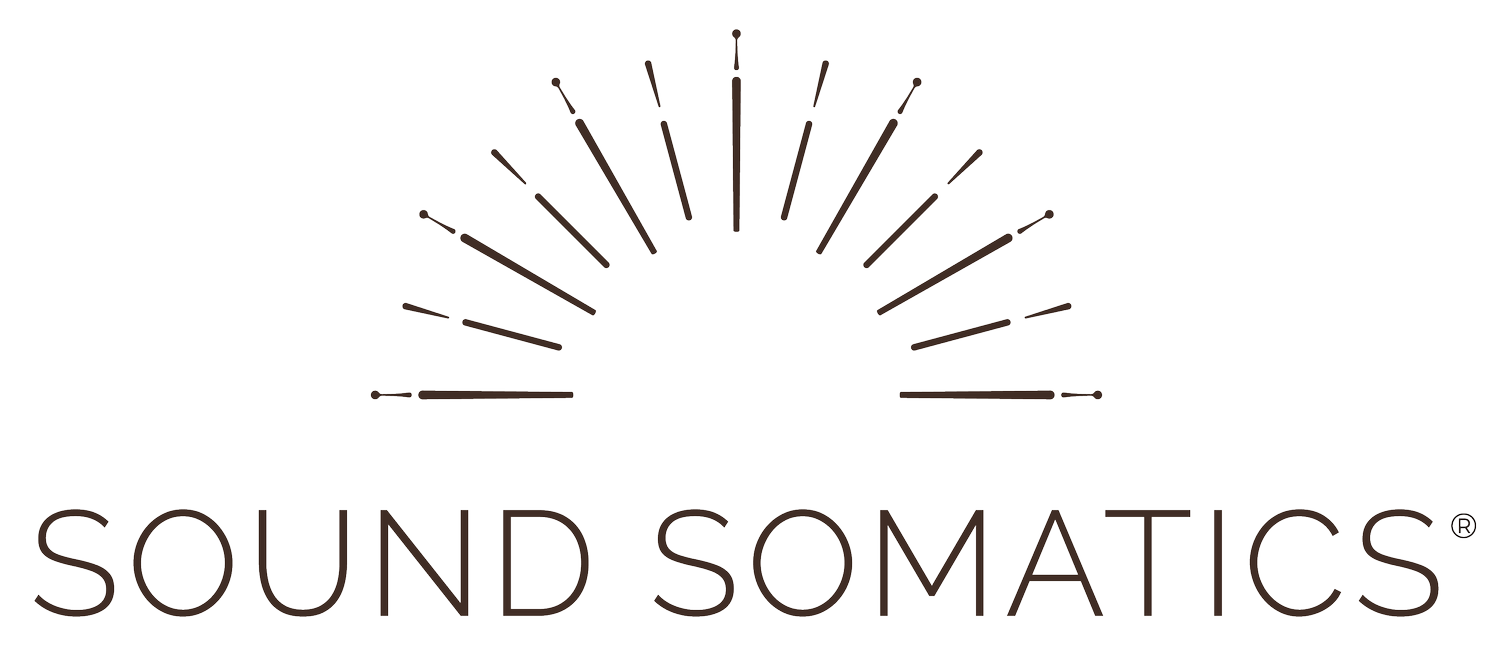Somatics for Organizational Change
Why do brilliant people with the best of intentions act unprofessionally at work?
Even when they know better, why do they yell at colleagues, gossip, and act egregiously? And more perplexingly, why do people let themselves repeat this behavior after they’ve committed to changing?
For years, I was part of a research team that was asking these questions and studying employee conflict in healthcare.
In studying and training world-renowned healthcare providers and their teams, it quickly became apparent that most people know intellectually what to do to avoid conflict.
But when stressed and with high stakes, there can be a disconnect between what they know intellectually and how they act in the moment. I was curious why.
In exploring this question, I learned something surprising.
Our actions are influenced by what what’s within our conscious awareness and by what’s outside of it.
The unconscious parts of ourselves are held in the body, in our nervous system, connective tissue, organs, energy channels, etc. These unconscious parts of us create patterns of emotion and behavior. They can result in actions that we intellectually know we should avoid, like disrespecting a team member or storming out of a meeting.
Somatics for Organizational Development
In order to decrease conflict, improve work environments, and cultivate cultures that embody professionalism and collaboration, we have to recognize the importance of our physical bodies at work.
They influence our personalities and collective culture far more than we can imagine. The role of the body should be elevated far beyond that of just a wellness initiative.
Psychologist and somatic coach Dr. Richard Strozzi-Heckler says this about the body:
“We have become afflicted by a cultural amnesia in which we have failed to remember that we’re a unified constellation of sensations, images, stories, emotions, meaning, and feelings that are contained within the biological framework we call ‘body’.”
The term somatics provides a lens to understand this perspective of the body and change its unconscious patterns which impact how we think, feel, and act.
In leading workshops on somatics to improve leadership and organizational culture, most participants are in awe of the influence their body has on their personality, productivity, and propensity for conflict.
Keep the body in mind if you’re exploring how to transform your workplace culture and cultivate individual and collective change. If you’d like to bring somatics to your organization, let’s chat!
Modern workplaces are turning to somatics for organizational change and embodied leadership. We will only see more of this in the future as research from neuroscience continues to shed light on the mind-body connection as a powerful approach to cultivate individual and collective change.

